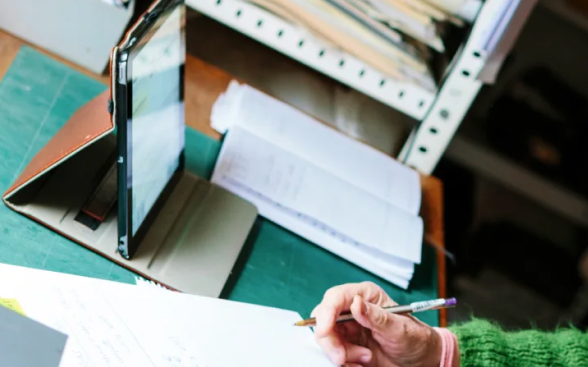Menu
* A Grant DOI (digital object identifier) is a unique, open, global, persistent and machine-actionable identifier for a grant.
One of the most challenging questions in neuroscience is how certain patterns of electrical and chemical activity in the brain produce subjective experience — or “what it is like” intrinsically to perceive, think, and feel. Francis Crick once posed a tantalizingly simple question: “Most of the processing that goes on in your brain is unconscious. Some of the results of that processing you become conscious of. What's the difference between the two?” This speaks to the mystery of the basic reality that underpins all of our lives. A new project from a team led by Michael Pitts at Reed College aims to answer this question by providing a new approach for identifying the brain activity that produces consciousness, also called the neural correlates of consciousness (NCCs).
The search for NCCs has seen impressive progress over recent decades, but there has been little progress in developing new methods for manipulating and measuring exactly what a person is conscious of. As a consequence, it is difficult to know which differences in neural processing to attribute to consciousness itself and which to attribute to the way that the experiment is conducted. This will remain a problem when only one type of experiment is used, but it could be solved when we have enough new methods to conduct different types of experiments.
To circumvent this issue, the research team is taking a new approach – triangulation. Three different types of experiments that involve manipulations of visual awareness – backward masking, dichoptic color fusion, and inattentional blindness –will allow the researchers to contrast what happens in the brain when identical visual stimuli are seen versus unseen (i.e., when a person is conscious of something as opposed to not being conscious of it). By comparing the data gathered from all three experiments, the team hopes to identify what brain activity is consistently observed in each experiment. If successful, this new method will provide a powerful lens through which to isolate NCCs. In addition, all three experiments use “no report” methodology to isolate NCCs (e.g., seeing a face) from downstream cognitive and motor processes (e.g., reporting that a face was seen).
By looking for NCCs that are common across these manipulations of visual awareness, within the same participants, using the same stimulus set, this project will go beyond existing findings and yield more reliable NCCs. The results are thus likely to impact the development and refinement of leading theories of consciousness and will serve as a strategic guidepost for future studies employing the triangulation approach with different neural recording methods.
